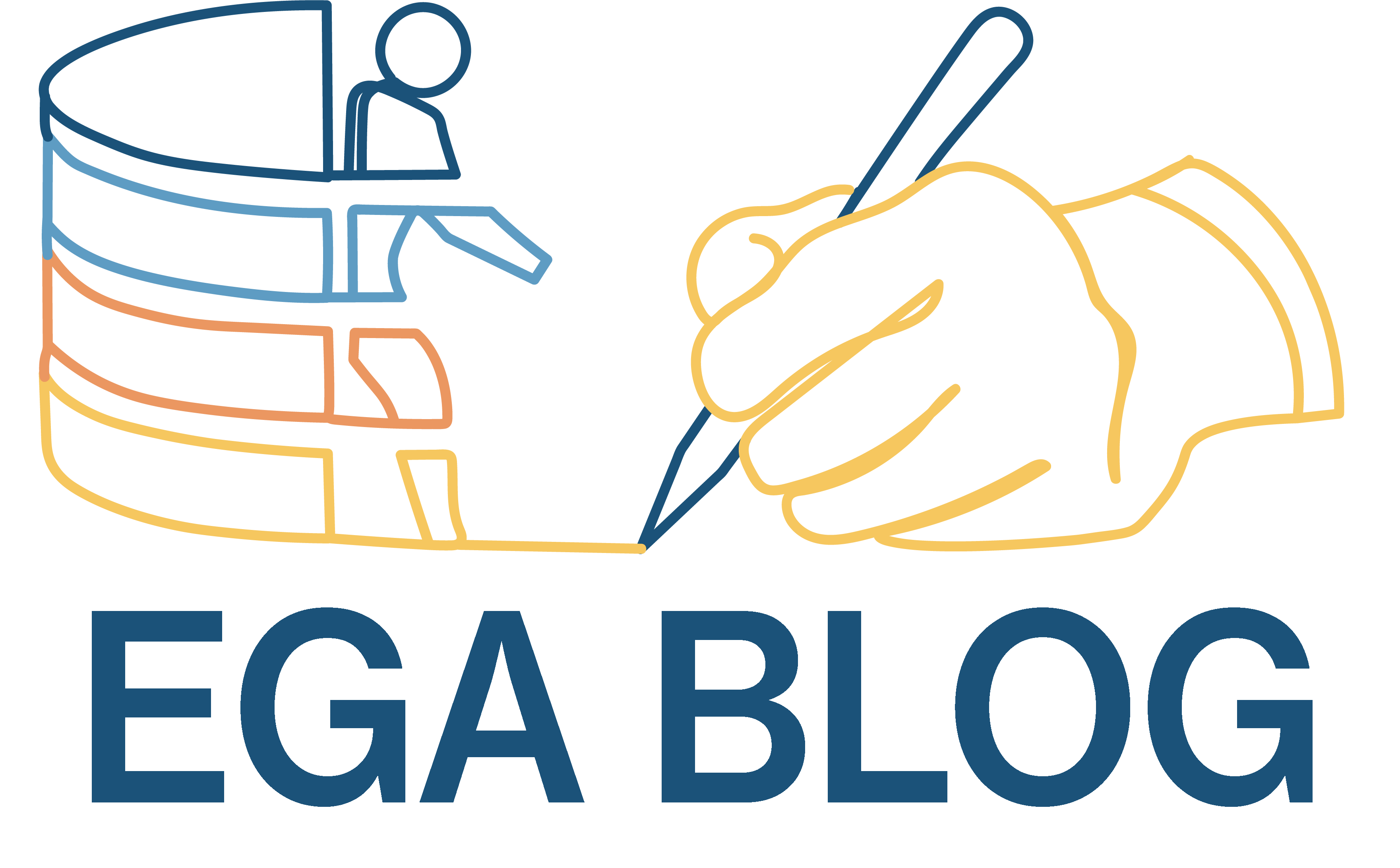Glioblastoma is the most common brain tumour. Characterised by a poor prognosis and its recurrence after multimodal treatments, the search for preventable risk factors has been mainly inconclusive up to date. Recently, the data merge from datasetsdeposited at the EGA allowed Aaron Diaz’s team to discover that the glioblastoma cells shift toward a mesenchymal phenotype when the tumour is recurring.
Challenges in glioblastoma research
As for virtually all cancer types, many efforts have been made to unveil the molecular features responsible of the disease, and several cellular pathways have indeed been identified as being frequently mutated in glioblastoma. Nonetheless, targeted therapies based on identified genes have so far failed to improve outcome, thus survival mostly relies on a standard treatment unchanged since 2005. This is a frustrating situation for both the scientific and medical communities, and above all for the patients, still facing a dreadful path.
Some researchers hypothesised that this may be due to the inability to efficiently target cancer stem cells, the originators of the other cell types, thus inducing cancer relapse. In 2019 Charles P. Couturier and colleagues sequenced RNA from single cells of freshly excised glioblastomas of 16 patients, and demonstrated that glioblastoma cells replicate normal brain cell development with a conserved neural cancer cell hierarchy centered around glial progenitor-like cells. In this way, they helped identify the possible target cells to improve efficacy and durability of treatment.
Data upcycling at the EGA: the glioblastoma case study
Single cell RNA sequencing is generated with a laborious and expensive protocol. The quality of the starting material is crucial (cells sample freshly extracted from the patients) and often several attempts are needed before producing reliable quality sequencing results. Collecting big numbers of patients is also challenging. The sequencing data produced by Kevin Petrecca’s group in Montreal, Canada and deposited at the EGA (EGAS00001004422) was recently upcycled by Lin Wang in San Francisco, California and pooled with their freshly produced ones, and then deposited at the EGA as Dataset EGAS00001004909
The data merge allowed Aaron Diaz’s team to discover that the glioblastoma cells shift toward a mesenchymal phenotype when the tumour is recurring. They profiled 86 primary-recurrent patient-matched paired glioblastoma samples with single-nucleus RNA, among other techniques. These very comprehensive results lead the team to challenge the findings from several other cancer fields where chemotherapy standard chemo-radiation therapy selection pressure at the level of genomic alterations; this is indeed not the case for glioblastoma, where the pressure results in phenotypic transition between cellular states.
Several technical controls were made to ensure that the merge of the data was not introducing a bias in the results, and an Inter-table analysis demonstrated nearly equal contribution to overall variance from each of the studies included, indicating that the findings were not due to inter-laboratory technical effect. A novel principal-component analysis showed that the largest contribution to variation in primary glioblastoma neoplastic cells was an axis between MES (mesenchymal) and proneural expression programs. In summary, treating glioblastoma often makes a MES, as commented by Lucy Stead about this remarkable work.
Check Aaron Diaz’s team Nature Cancer paper, with strong technical tools, state of the art analysis and data from different sources converging to the same outcomes that made possible a significant step toward a better handling of a frightful cancer.
References
- Couturier, C.P., Ayyadhury, S., Le, P.U. et al. Single-cell RNA-seq reveals that glioblastoma recapitulates a normal neurodevelopmental hierarchy. Nat Commun 11, 3406 (2020).
- Stead, L.F. Treating glioblastoma often makes a MES. Nat Cancer 3, 1446–1448 (2022).
- Wang, L., Jung, J., Babikir, H. et al. A single-cell atlas of glioblastoma evolution under therapy reveals cell-intrinsic and cell-extrinsic therapeutic targets. Nat Cancer 3, 1534–1552 (2022).
Related links:
- Kevin Petrecca’s group dataset deposited at the EGA: EGAS00001004422
- Lin Wang dataset deposited at the EGA: EGAS00001004909




